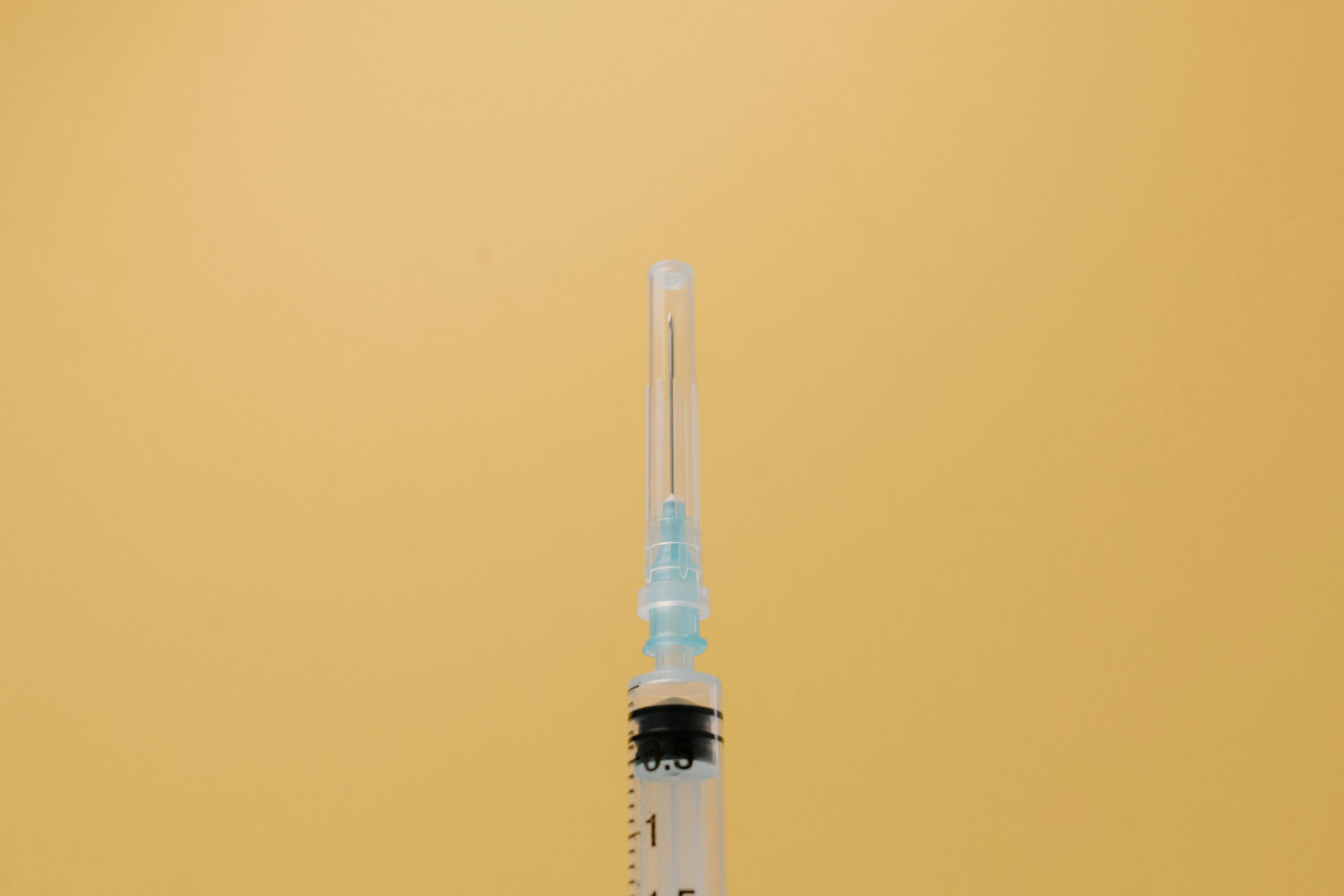When going through fertility treatment, every step from monitoring ovulation to egg retrieval is timed with precision. One of the most crucial parts of this timeline is the “trigger shot.” If you’re unfamiliar with the term, you’re not alone. But if you’re navigating treatments like intrauterine insemination (IUI) or in vitro fertilization (IVF), understanding the role and timing of a trigger shot can make a big difference in the outcome of your cycle.
Here’s what you need to know:
What Is a Trigger Shot?
A trigger shot is an injection of human chorionic gonadotropin (hCG) or a similar medication that stimulates the final maturation and release of a mature egg from the ovarian follicle. In simpler terms, it tells your body it’s time to ovulate.
Medications commonly used as trigger shots include:
- Ovidrel
- Pregnyl
- Novarel
- Lupron (sometimes used as a “trigger” in certain IVF cycles)
Why Is a Trigger Shot Needed?
In a natural menstrual cycle, your body produces a surge of luteinizing hormone (LH), which triggers ovulation. However, during fertility treatments https://mfcfamily.com/, ovulation needs to be controlled and timed with precision.
The trigger shot serves several key purposes:
- Timing Ovulation: It induces ovulation approximately 36 to 40 hours after administration, allowing your fertility team to perfectly schedule insemination (IUI) or egg retrieval (IVF).
- Mature Eggs: It ensures that eggs reach final maturity before they are released or retrieved, improving the chances of successful fertilization.
- Cycle Control: It helps avoid premature ovulation and ensures your eggs aren’t lost before procedures can occur.
Timing: Why It’s Everything
The exact timing of the trigger shot is critical. For an IUI cycle, insemination typically occurs 24 to 36 hours after the trigger. In IVF, egg retrieval is usually scheduled about 36 hours post-injection—before actual ovulation, to collect the eggs directly from the follicles.
Your fertility team https://mfcfamily.com/ will give very specific instructions about when to take your trigger shot, often down to the exact hour and minute. Why so precise? Because mistiming the shot can result in:
- Missed ovulation
- Premature ovulation (making eggs unretrievable)
- Poorly timed insemination or egg retrieval
- Lower chance of pregnancy success
How the Shot Is Given
The trigger shot is typically self-administered at home via subcutaneous (under the skin) or intramuscular injection. Your clinic https://mfcfamily.com/ will provide thorough instructions and sometimes even a video tutorial or demonstration to ensure accuracy and comfort.
After the Shot: What to Expect
- You may experience mild side effects such as bloating, breast tenderness, or mild cramping.
- Ovulation will occur approximately 36 hours later, so timing intercourse, IUI, or IVF retrieval within that window is key.
- If you’re doing an IVF cycle, your eggs will be collected before actual ovulation occurs.
The trigger shot may seem like a small step in your fertility journey, but it plays a pivotal role in aligning your body with your treatment plan. Following the timing instructions exactly as given by your fertility team is essential for a successful outcome.
If you ever feel unsure about when or how to take your shot, don’t hesitate to call your clinic they’re there to support you every step of the way.
At Midwest Fertility Center https://mfcfamily.com/, we carefully monitor and guide you through every phase of your cycle. From ultrasounds to the timing of your trigger shot, our goal is to help you feel confident and empowered on your journey to parenthood.
Have questions about your fertility treatment plan? Contact us 1-630-810-0212—we’re here to help.

